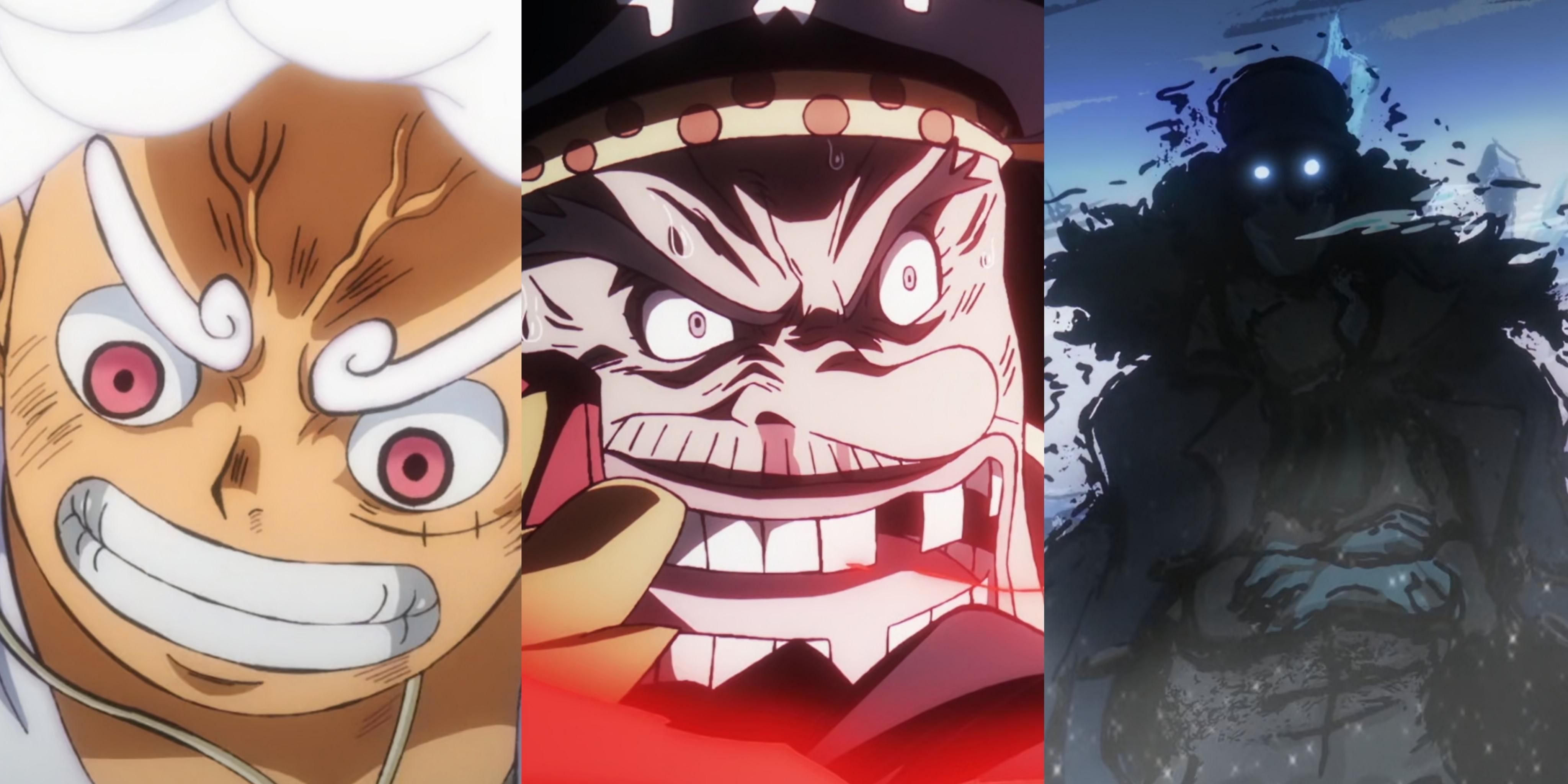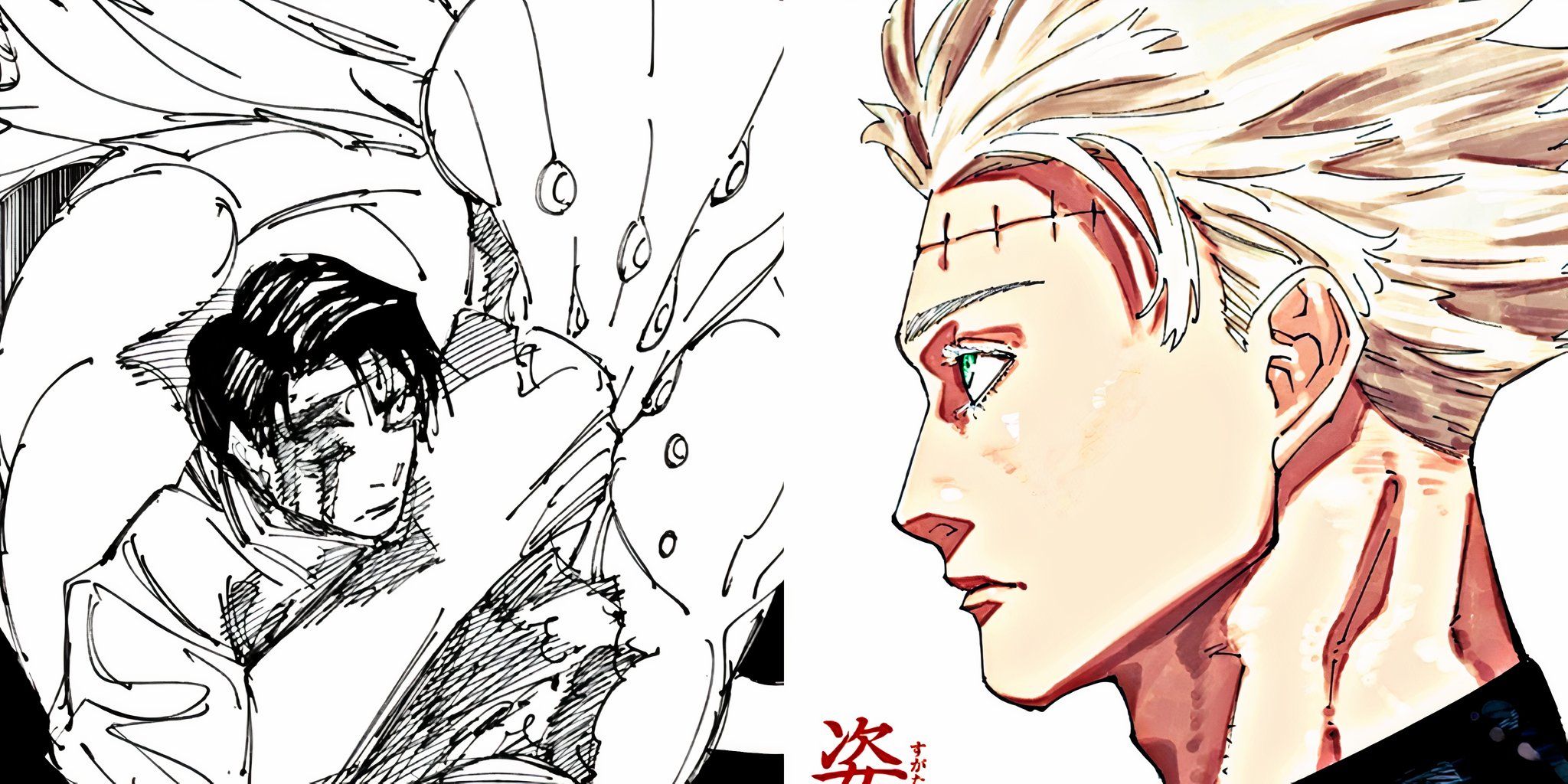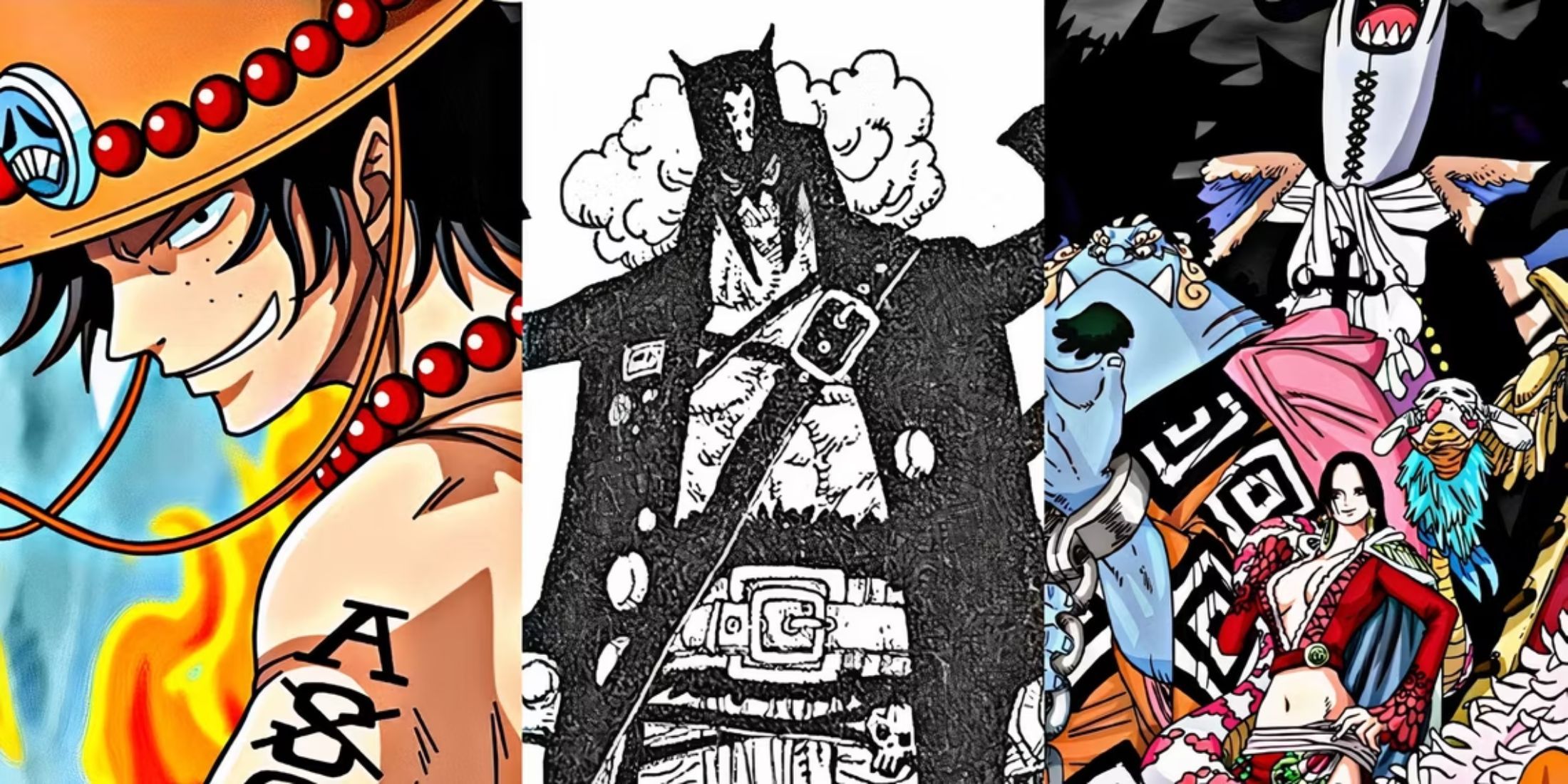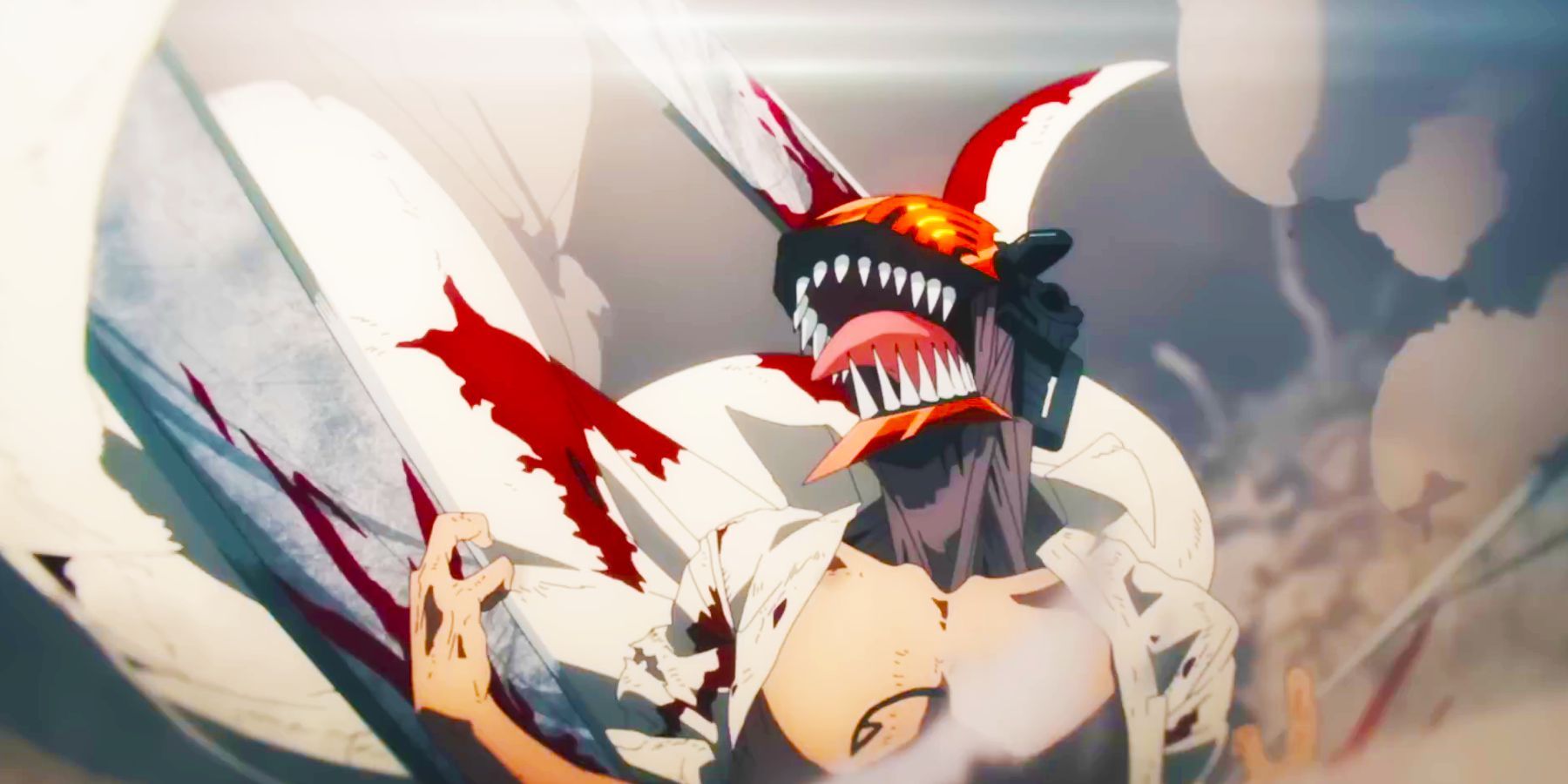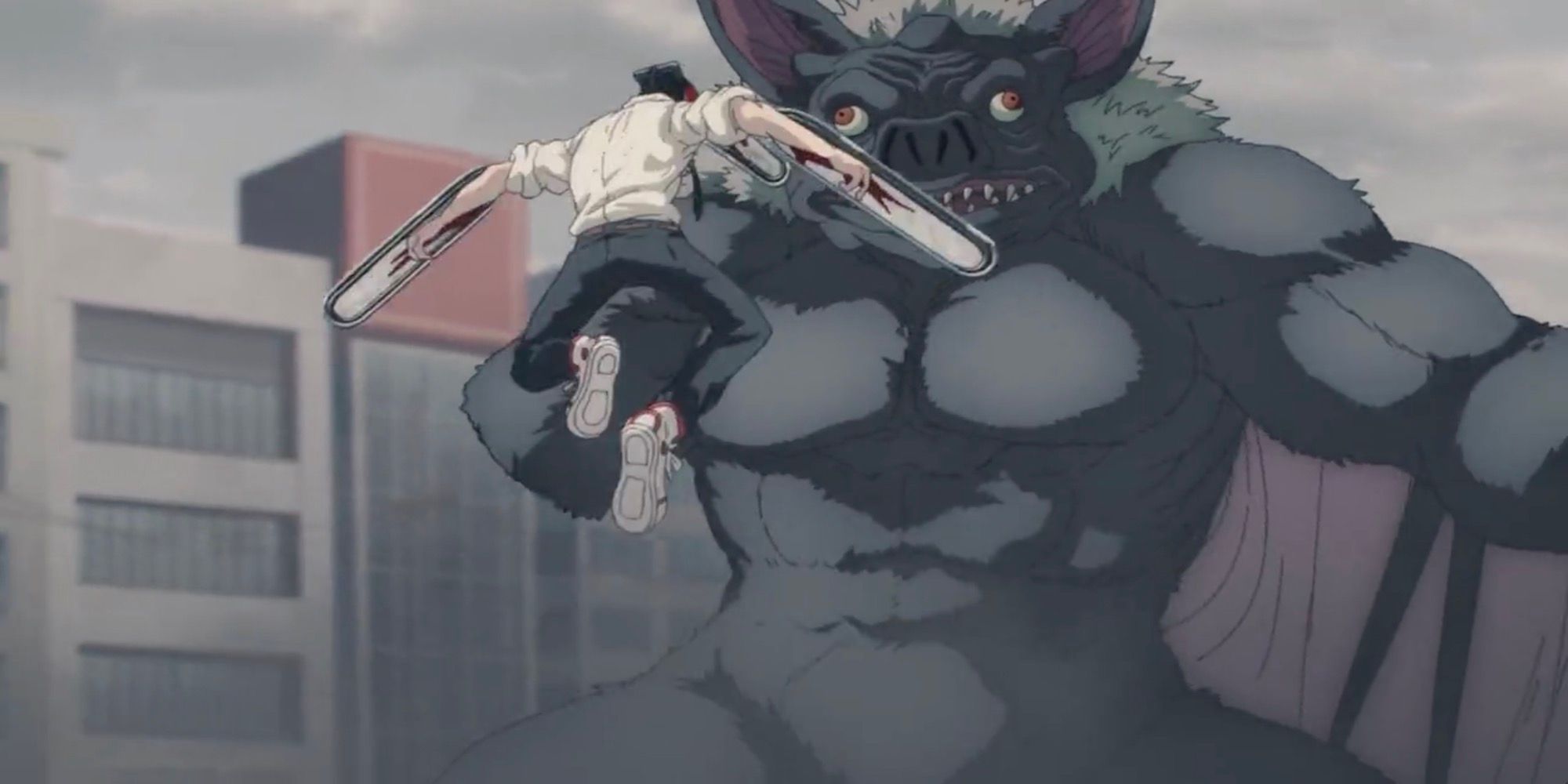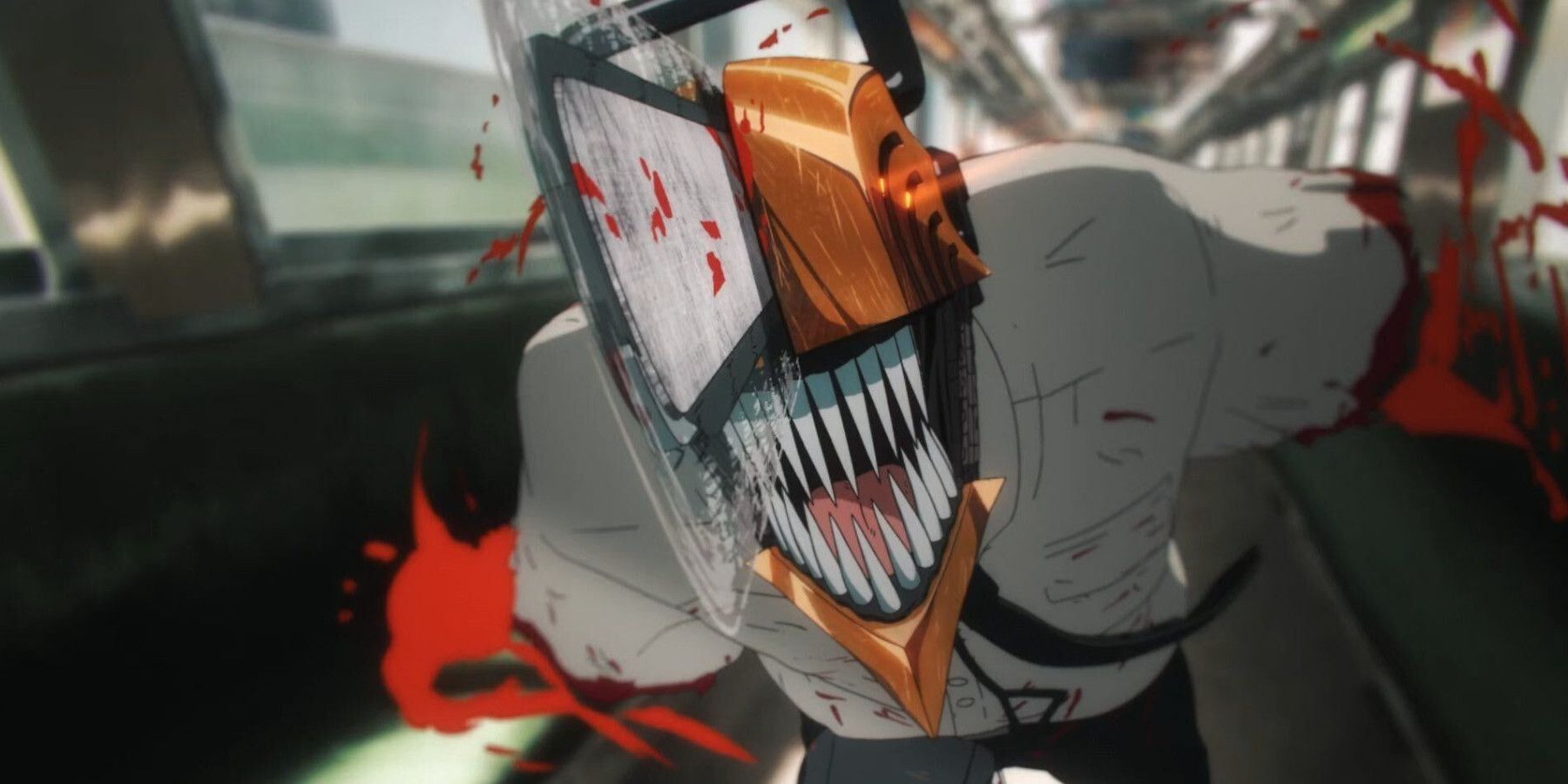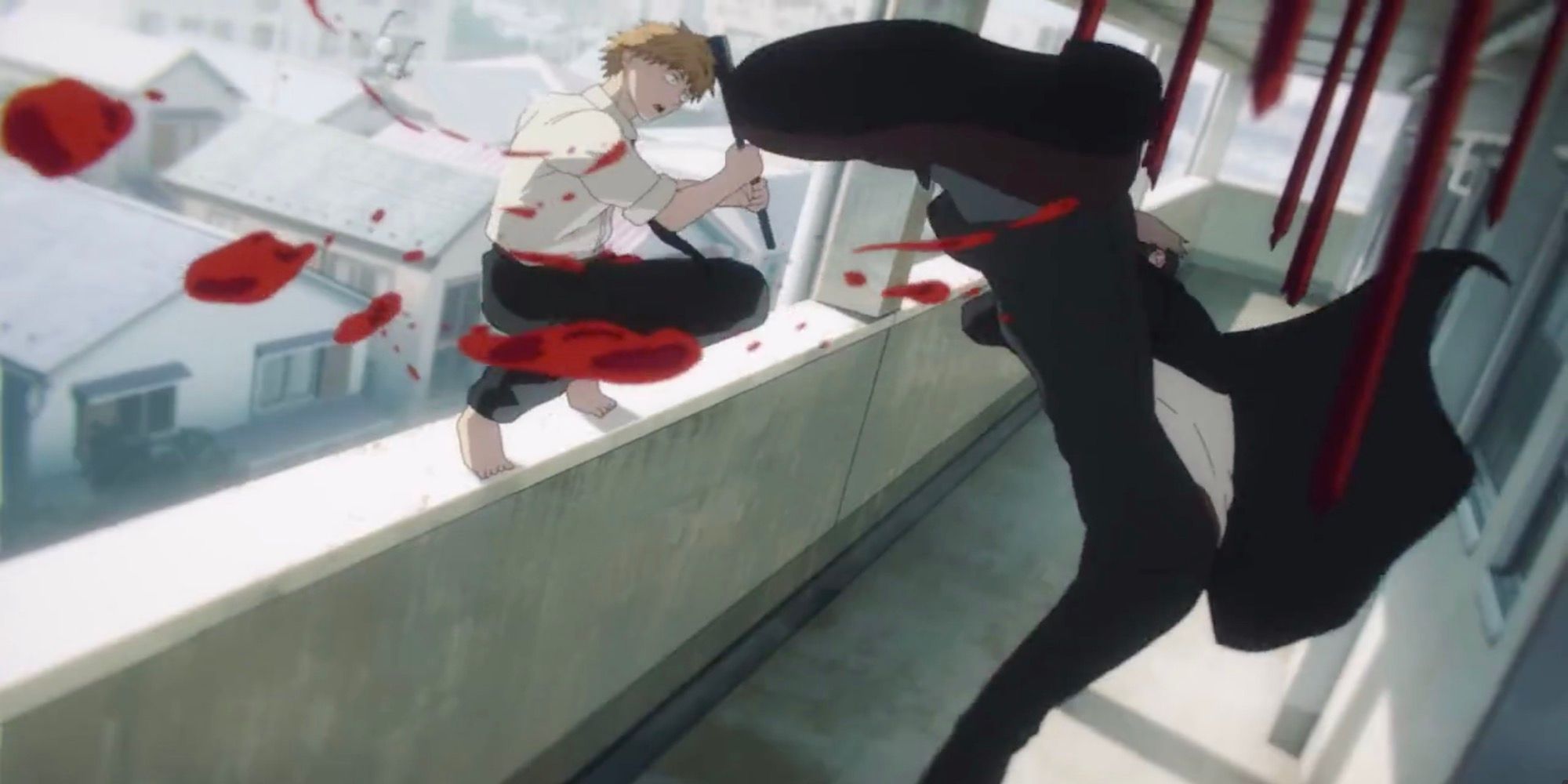Blending high octane action, nuanced character development, a compelling storyline, and an elaborately detailed art style that leaves little to the imagination, MAPPA Studio's adaptation of Tatsuki Fujimoto's highly acclaimed manga Chainsaw Man, did well to address the hype that it had built up prior to its release. However, where the anime has succeeded above all else, is perhaps in the most fundamental facet of its presentation — the animation itself. Even back in September last year, when the official trailer dropped, there was much anticipation regarding the series' visual style and presentation, and each weekly episode release has only served to reinforce the incredibly high standards that were expected from the very beginning.
From the film reference-laden opening as well as the breakneck pace and uncensored savagery of fight scenes, to the insane levels of fluidity in the movements of even mundane elements such as clothing, hair, or grass in the wind, the anime has set an insane bar when it comes to every aspect of how it has been brought to life. At the moment, few, if any ongoing seasonal anime — save for the likes of maybe Demon Slayer or Jujutsu Kaisen (another MAPPA Studio title) — can even claim to be in the same category as Chainsaw Man. Helmed by the already celebrated talents of Ryu Nakayama and Tatsuya Yoshihara, the conclusion of the show's first season back in December left fans raring for more, with the actual story only in its early infancy. But what made this adaptation's animation stand out from its peers?
Blending Mediums To Maximum Effect
Although MAPPA Studio's use of CGI has both been praised and criticized — most notably during the most recent seasons of Attack on Titan — it is plain to see their experience with the medium distilled into the art style of Chainsaw Man. Neither fully 2D nor entirely 3D, but a masterful blend of both, the animators working on this project have truly cracked the code when it comes to merging these two styles, where previous attempts have strived but fallen short of perfection. Despite a few mishaps where the character models give off flashbacks of Playstation 2 graphics, for the most part, the fusion of these approaches is nothing short of immaculate.
What is even more astounding about the blending of these two mediums is the astute mediation between detail and serving the purpose of each frame, sequence, and scene, as well as their collective role in the narrative as a whole. Close-up character shots seem to pop out of the screen with the added depth of field, the visceral feel of each fight is elevated even further, the environments inhabited by the main cast seem more real. Even a simple sequence with a few Public Safety Devil Hunters walking into a warehouse has some of the most fluid visuals of coats fluttering in the wind that one can come across today.
One can even cite the scenes between Denji and Makima as being charged with such intensity and energy in a large part, due to the quality of the animation on display, with each sequence carefully structured to build up a viewer's anticipation. The attention to detail and incredible knowledge of the team working on this project has been funneled into this venture, ensuring that each shot has been constructed and presented in exactly the way it should be for it to be at its most potent. All this serves to enhance the collective experience of Chainsaw Man at every turn, in spite of whether the narrative is in its peaks or troughs.
A Grounded, Gritty Realism
It is safe to say that the world of Chainsaw Man is both very near and very far away from the reality we inhabit ourselves. What is real about it is the multidimensionality of all the characters, the complex forces at play shaping the course of the narrative, and the all too familiar idea of collective fear manifesting maliciously in different forms. However, the manner in which Tatsuki Fujimoto's source material, and the anime by extension, have treated these concepts, is firmly rooted in the realm of dark fantasy. While the artwork in the manga does have a raw, unfiltered, and intense touch to it, bolstered by the author's immaculate use of paneling and framing, the animators at MAPPA Studio have a taken a slightly different approach to tell this story in a new medium.
Known for their distinctive line work and detailing, MAPPA Studio opted for a visual style that is firmly grounded in reality, but more than willing to bend the rules a little bit to turn things up a notch when required. As a result, Chainsaw Man draws closer to hyperrealism in the proportioning and design of characters as well as background environments, more often than most other shows of this nature would, with only the comedic moments and more intense fights serving as foils with stylization used for emphasis to great effect.
These combat sequences, filled with blood and gore on an obscene level, achieve even higher degrees of ferocity and potency than they would have without the innate realism, the relatability that ties everything together, as the contrast between them has been exploited expertly. On the other hand, the more serious segments tug at the heartstrings even more than usual with the high level of detail allowing viewers to put themselves in the cast's shoes. There is no better way to convey the joy, ecstasy, pain, and suffering each character endures than to have it hit every close to home, and Chainsaw Mantakes this to new heights.
Feeling The Force Behind Each Movement
Paying close heed to each battle in the story, especially those featuring Denji himself, it will not take any viewer too long to notice the camera zipping around, zooming in and out, at a frenetic pace that is enough to send heart rates through the roof. In fact, there are seldom any moments during every fight where the camera stays still for more than a moment or two, with multiple jump cuts and transitions between angles occurring in mere fractions of a second. This serves the dual purpose of making the action look more chaotic and frantic while also emphasizing the speed and energy behind each character's movement — points that are crucial to take note of when examining why it always feels like there is so much at stake in each punch, charge, dodge, or slice.
Every explosion feels more powerful, often through a subtle delay between the actual impact and subsequent eruption of smoke and debris, every strike seems to hit exactly as hard as it should, as there is a definite sense of weight as well as actional and reactional forces observed in each character's movements. This is thanks to both the incredible sound design, coupled with the animators' keen knowledge of human anatomy, which has been artfully utilized to drive hype and underscore the mechanics driving the combat maneuvers or even smaller motions made by the show's cast.
It is minute considerations like this and many more that allow the show to rise beyond what the majority of anime today could even hope to strive for, let alone execute. Hence, Chainsaw Man is a veritable tour de force of Japanese animation in the contemporary era that stands a cut above the rest, signaling a stellar start to what could be one of the defining anime of this decade, and potentially illuminating an exciting future for the medium as a whole.

